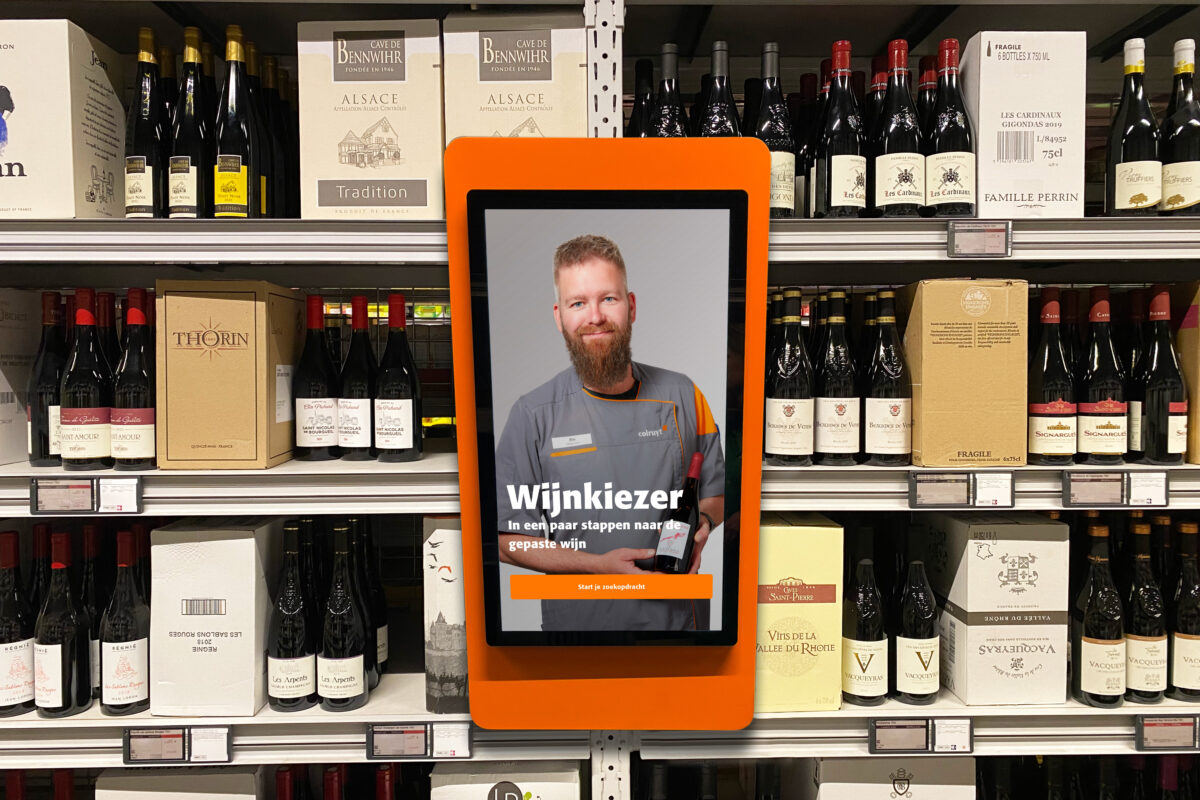A new take on creating customer loyalty
Researchers from Newcastle University London, Fordham University, and University of Minho published a new paper in the Journal of Marketing that examines how some brands create “sticky” customer journeys that keep customers addicted.
The world’s top leisure brands, such as CrossFit, Pokémon Go, and Tinder, have built empires by keeping customers addicted. And from Netflix to Spotify to TikTok, a new generation of media companies has completely transformed the television, radio, and video industry. Audiences want Game of Thrones-like drama – compelling, polarizing, hard-to-pull-away-from serials that shock, delight, and frequently enrage their viewers.
The secret behind these breakthrough leisure brands is creating an insanely “sticky” journey that defies all the usual hyperrational rules of marketing. Study author Anton Siebert explains that “It’s not at all about creating consistently good customer experiences, but about creating intentionally chaotic, maddening, and unpredictable ones.” Study author Andrew Lindridge adds, “It’s also not about making services convenient, easy, or satisfying, but instead about making them challenging, suspenseful, and thrilling.” “These unpredictable customer journeys are called ‘sticky’ to emphasize that customers just cannot seem to pull away,” explains the third author Ahir Gopaldas. How do these leisure brands create such sticky journeys?
The first step is providing customers with “rapid entry.” That means giving customers free, quick, and easy access to the service as soon as they express interest, whether in-person or online. These brands don’t bore customers with a lot of information. They don’t ask too many questions. And they don’t pressure customers to sign up for a monthly subscription, at least not at the beginning. Tinder does this first step particularly well. Unlike traditional matchmaking websites that begin with extensive compatibility questionnaires, the Tinder app asks customers for no more than their age, gender, and distance preferences. Customers can also import their photos from Facebook, so they can dive into the Tinder dating pool immediately.
The second step is providing customers with “endless variation” along the user experience journey. Whether we’re talking about dating, gaming, working out, or something else, the only way to keep customers excited is by creating unpredictable experiences. Companies create such endless variation using a trio of techniques:
- Opening the service system to a massive number of service elements (e.g., the hundreds of possible exercises at CrossFit, virtual creatures in Pokémon Go, or user profiles on Tinder);
- Making frequent additions, subtractions, and changes to those elements; and
- Offering unique configurations of those elements at each and every service encounter.
For instance, CrossFit changes workouts daily and makes those workouts extraordinarily challenging. Drawing on various sports, fitness regimes, and military drills, no two workouts are ever the same. Once customers are swept up in the endlessly varied customer journey, they are more eager to sign up for monthly subscriptions.
The third step is sparking new customer journeys as soon as the current ones begin to run out of steam. “Leisure brands recognize that all journeys come to an end. Even the most exciting adventures can become familiar, exhausting, or boring after a while. Eventually, brands must offer their customers new journeys,” adds the fourth study author Cláudia Simões. For example, Nintendo, the parent company behind the Animal Crossing gaming franchise, has launched an entirely new generation of the game every few years. CrossFit coaches invite advanced athletes to Barbell Clubs and CrossFit competitions. And recently, Tinder has begun to launch journey offshoots such as Swipe Night, a fun event that matches users based on their responses to an interactive movie.
Source: American Marketing Association





















